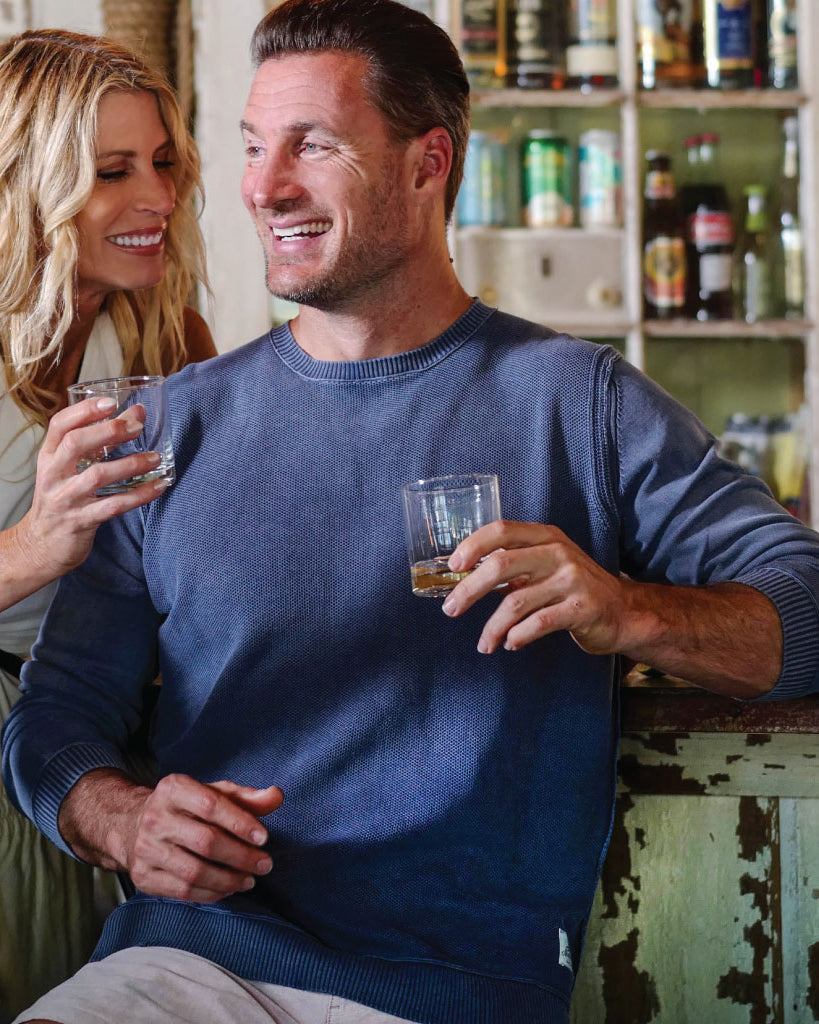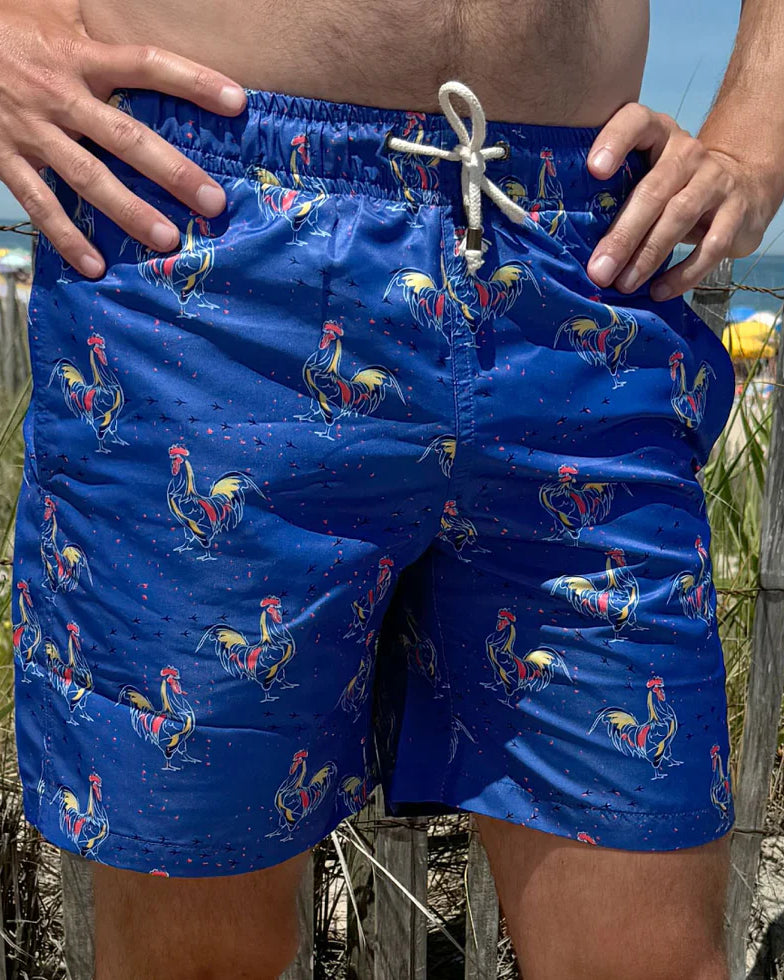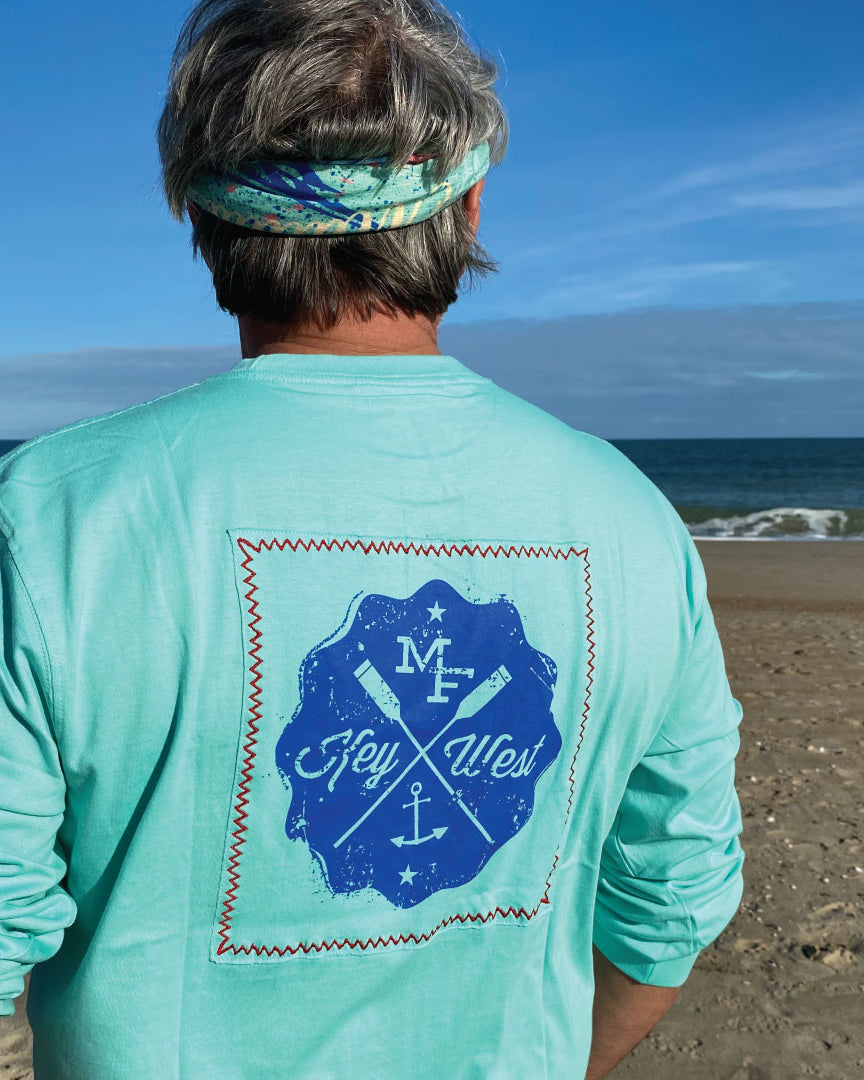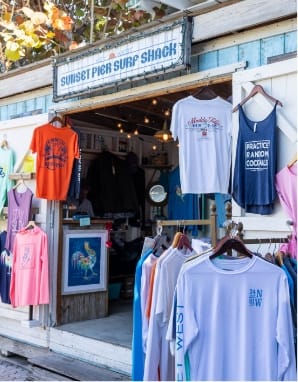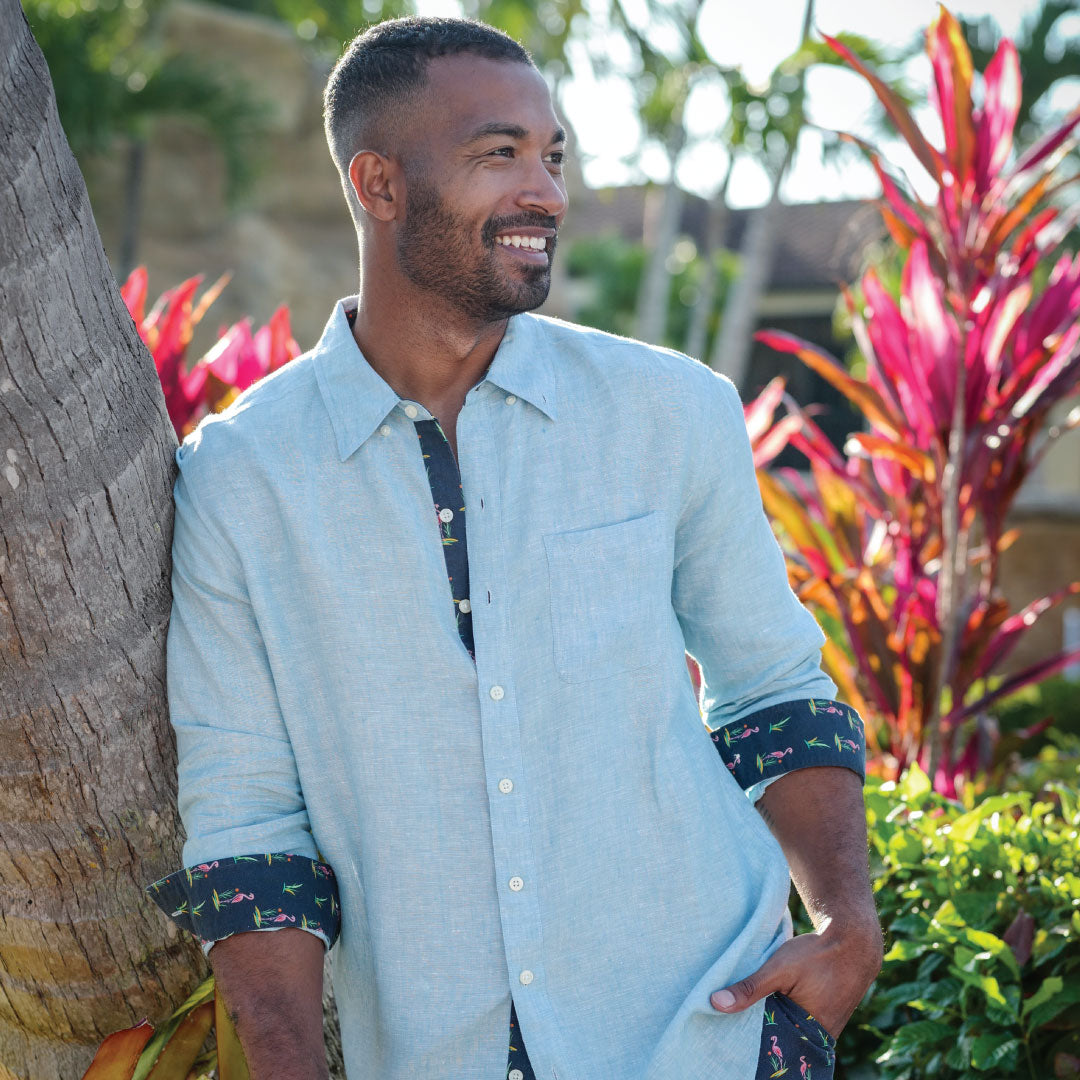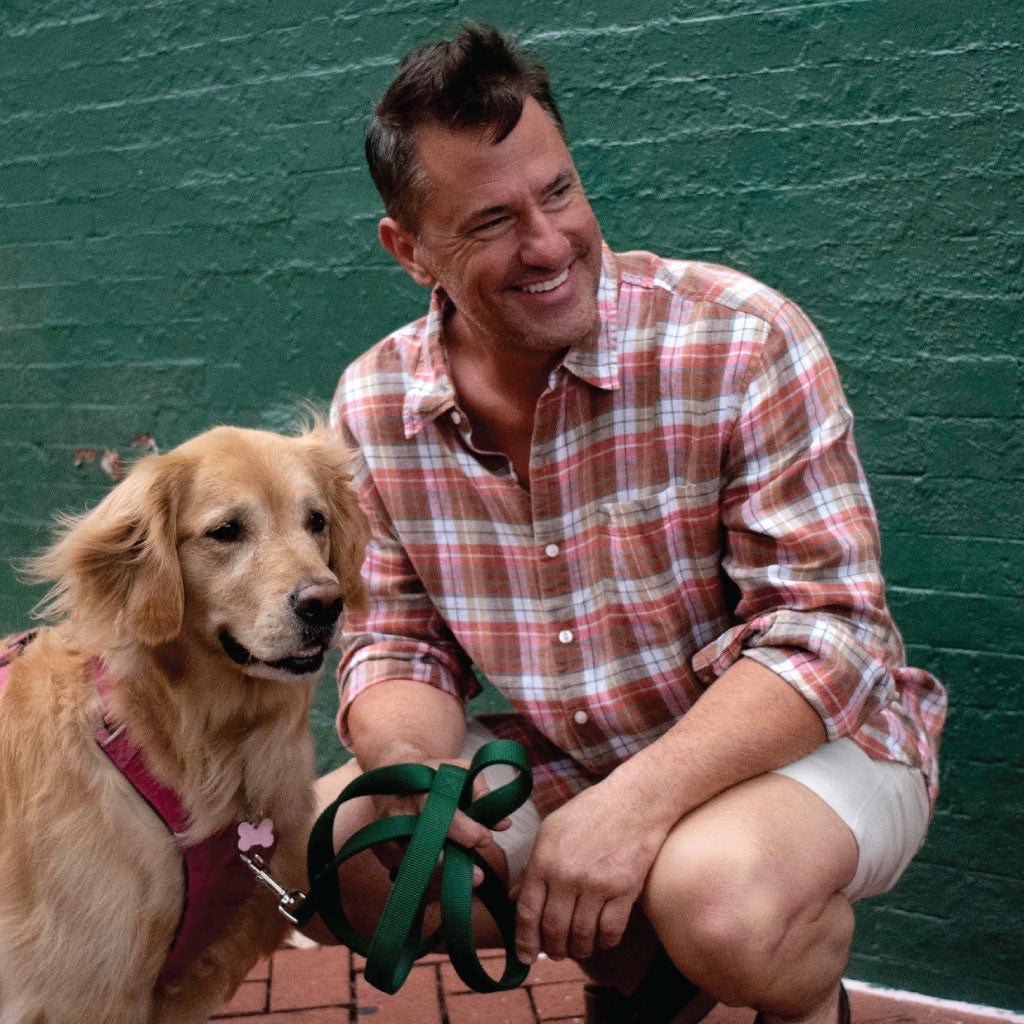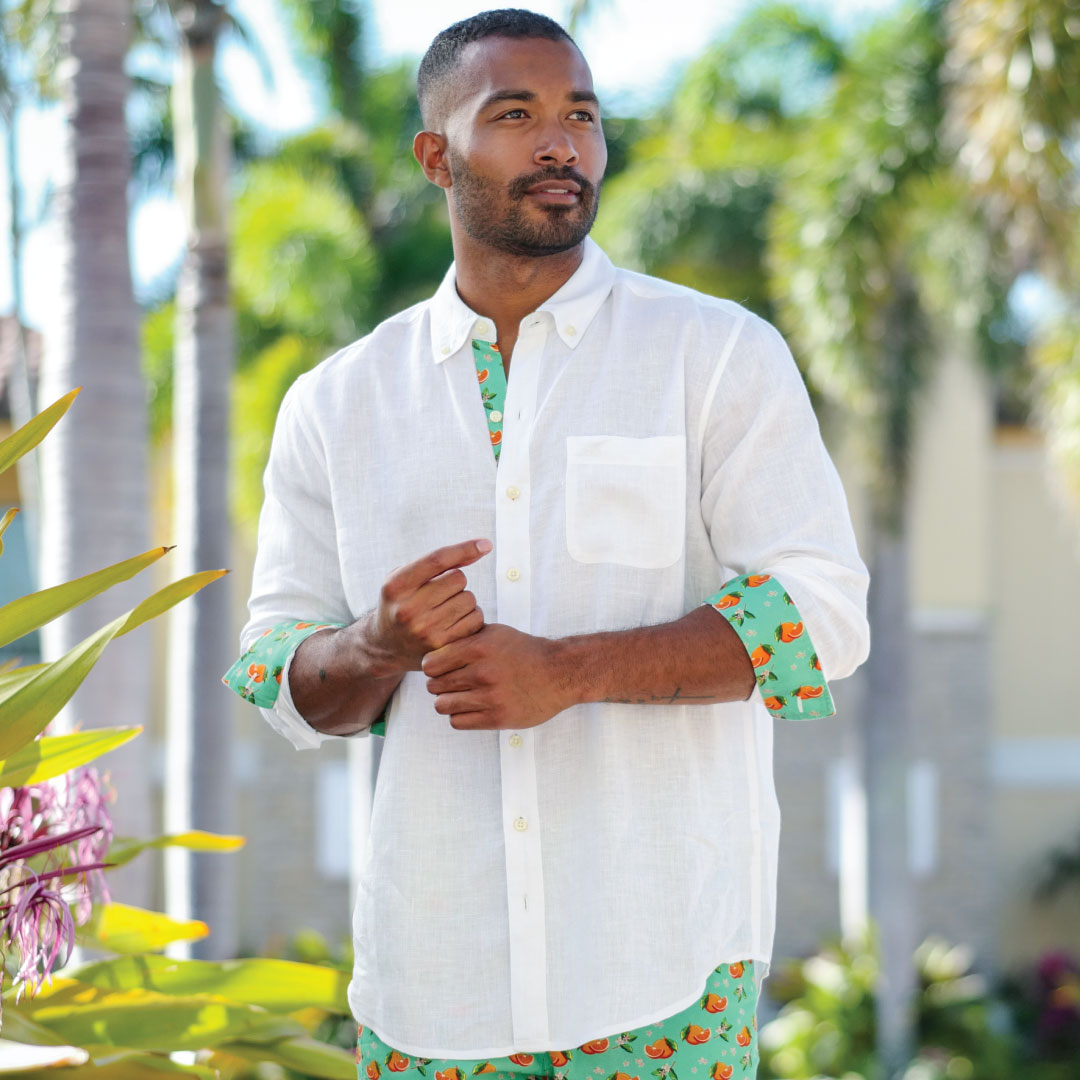
Bug Hunting: Florida’s Mini-Season
You take a big breath in, jackknife your body and dive down beneath the gently rolling waves. As you approach the seafloor, you spot it. Peeking out from beneath the rock, a pair of spindly antennae drift back and forth in the shifting currents. You kick your fins and draw closer, slowly reaching out with your tickle stick, you gently encourage the lobster out of its hiding place. Carefully, carefully, without wanting to spook it, you guide it toward your net.
In a quick flash, you bring the net down over the lobster. It begins to thrash, its powerful tail propelling it away from you. But the net holds fast. Swiftly, you grab the carapace with your gloved hand and whip out your measuring device, even though you can already tell by the size of it that this one is a keeper. Three inches in the carapace. Perfect. Triumphantly, you kick back to the surface, catch in hand. Breaking the waves, you pass the delicious package to your shipmate, take another net, and down you go again.

Photo Credit: Florida Fish and Wildlife
This scene plays out over and over during the Florida Lobster Mini-Season, which typically draws thousands to the south Florida Keys area and has been traditionally held on the last Wednesday and Thursday of July since 1975. Originally intended as a compromise between recreational and commercial harvesters, the event allows you to catch lobsters before the larger-scale, commercial trapping operations begin on August 6. This year, the Mini-Season will start on Wednesday, July 29th beginning at 12:01 am and end Thursday, July 30th at 12:00 midnight.
Yes, “bugs” are about to be big news again in Florida.
What’s everyone looking for?
Head on down to the beautiful south Florida coast, and you will be looking for Caribbean spiny lobsters, or Florida spiny lobsters, which can be recognized by their striped, brownish-grey bodies, segmented tail with cream-colored spots, and a lack of the prominent claws seen on other lobster species. Growing to a length of about 18 inches, the spiny lobster relies heavily on its two sets of incredibly sensitive antennae to detect approaching dangers. True to its name, the spiny lobster is covered in sharp spikes to deter predators and can use their strong tails to swim away backwards if threatened.
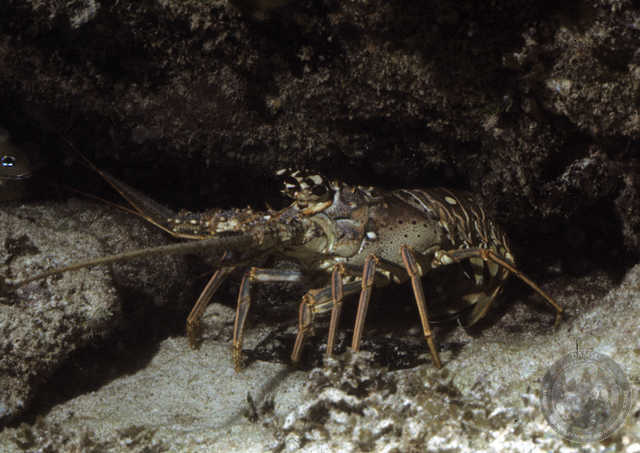
Photo Credit: WoRMS

Photo Credit: NOAA Fisheries
What equipment do you need to harvest them?
- Mask: Before you head out, make sure the seals around the lens plate are good and the skirt (the rubber part that contacts your face) also seals well. There’s nothing worse than getting out on the water and then realizing your mask leaks. Check the head strap for pliability. If you are snorkeling, ensure the connecting ring for your snorkel is in good shape.
- Tickle stick: The tickle stick is a simple device to encourage the lobster into your net. It is usually a lightweight stick made from corrosion-resistant aluminum or acrylic. Available online versions measure anywhere from about 13” to 36” long and sometimes feature a bent end to allow you to get behind the lobster.
- Gloves: Spiny lobsters are called that for a reason. Invest in a good pair of puncture-resistant gloves.
- Lobster net: To help land that catch, you may appreciate a heavy-duty net with a good-sized open ring and handle.
- Measuring device: Size limits are strictly enforced; be sure to purchase and use a measuring device. Many can be hooked directly to your tickle stick, so you do not lose it while you are swimming around.
- Saltwater fishing license with a lobster stamp: This license is not transferrable and can only be used by an individual actively taking place in the harvest.

Tickle Stick

Measuring Device
How do you catch a spiny lobster?
Primarily nocturnal creatures, spiny lobsters prefer to hide during the day under ledges, coral heads, and rock outcropping areas. Basically, anywhere they can tuck themselves away from danger. They typically back into their spot, leaving their antennae poking out to detect any approaching danger.
Once you spot a potential hiding place, look for the antennae. If you touch these sensitive appendages, the lobster will retreat further into its hiding hole. Take your tickle stick, bring it under the lobster toward the base of their tail, and gently guide them out of hiding.
Now here’s where it gets tricky and may take a practice run or two: using the stick, guide the lobster toward your net, quickly bringing it over the top of them when they are in range. Once in the net, they will be energetic, so grab hold of them with your gloved hand and quickly bring them to the surface.
Charters and Guides
If you are new to the sport, you may want to try one of the many available charter companies in the area who can teach you lobstering techniques and take you to some choice locations. Call around ahead of time to check on services offered and pricing available. Many companies provide snorkel, diving, and other equipment if you do not have your own.
What are the rules and limits?
The rules for the harvest are fairly simple. Lobsters must have a carapace measurement larger than three (3) inches; any lobsters under this size must be immediately released. Measure the carapace beginning at the forward edge between the rostral horns, along the center line to the rear edge of the carapace (or the beginning of the tail section). The lobster must remain whole and intact while you are out on the water. Do not separate the tail from the body until you are back on land.
No eggbearing spiny lobster may be taken. Before taking any legally-sized catch, check under the tail for the orange-colored eggs. If you see these, you must release the lobster. The shell, or exoskeleton, of the lobster may not be punctured, and trapping is not permitted.
Daily bag limits vary by location, so know before you go. In Monroe County and Biscayne National Park, the limit is six (6) per person, per day. For the rest of Florida, the limit is 12 per person, per day. On the water, the same rules apply, and possession limits are enforced.
Be safe out there
You want to make sure your harvest is successful and fun, so plan ahead.
Make sure you are medically cleared to dive or snorkel.
Draw up dive and float plans. Make them available to someone on shore (the same as you would any hiking plan if you were going up into the mountains), and stick to it.
Always dive within your training and experience levels, and do not dive alone. Fly your “DIVER DOWN” flag on the highest point of your boat whenever someone is in the water and stay within 100 feet of the flag. Use a flag stiffener so that the flag is always visible.
Boat traffic can be heavy and you want to ensure your party’s safety whether they are snorkeling on top or diving below the surface. Have divers surface close to the boat.
Hydrate and wear plenty of sunscreen. A rash guard or shirt made from UPF fabric can be worn on the boat or in the water to protect against the sun. Hats and sunglasses when out of the water are always a wise choice.
Now all you need is a good recipe
Your cooler is now full of lobsters; how are you going to prepare them? Boiled, steamed, grilled, or poached, there are so many methods to prepare your catch. You can even microwave them! And if cooking is not your thing, several of the local restaurants will gladly cook your catch for you!
Happy harvesting!
Some helpful information
You can purchase both your saltwater fishing license and lobster online, or call the number below.
- Online: https://gooutdoorsflorida.com/
- Phone: 888-FISH-FLORIDA (888-347-4356)
Know the restricted areas for lobster harvest. Lobster may not be taken from the following areas:
- National Park Areas
- John Pennekamp Coral Reef State Park (prohibited during the mini-season only)
- Everglades National Park
- Dry Tortugas National Park
- The five Coral Reef Protection Areas of Biscayne National Park
- Sanctuaries and Protected Areas
- Florida Keys National Marine Sanctuary
- Biscayne Bay/Card Sound Lobster Sanctuary


